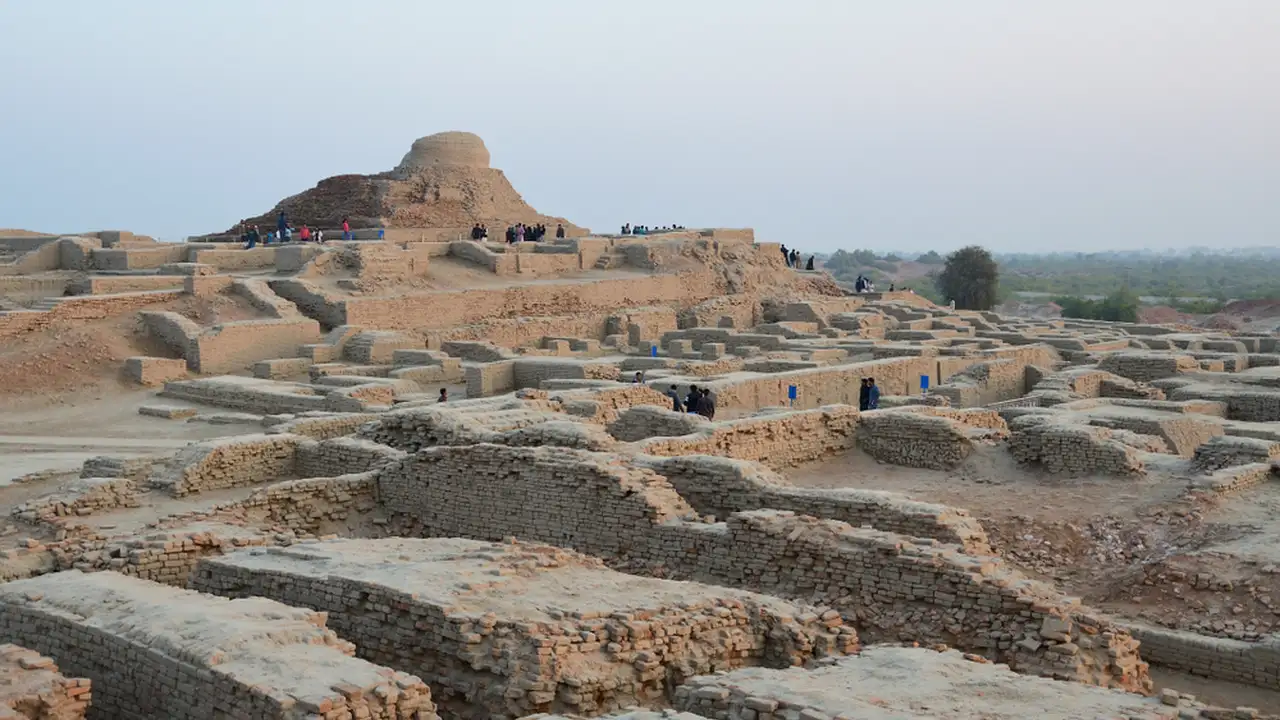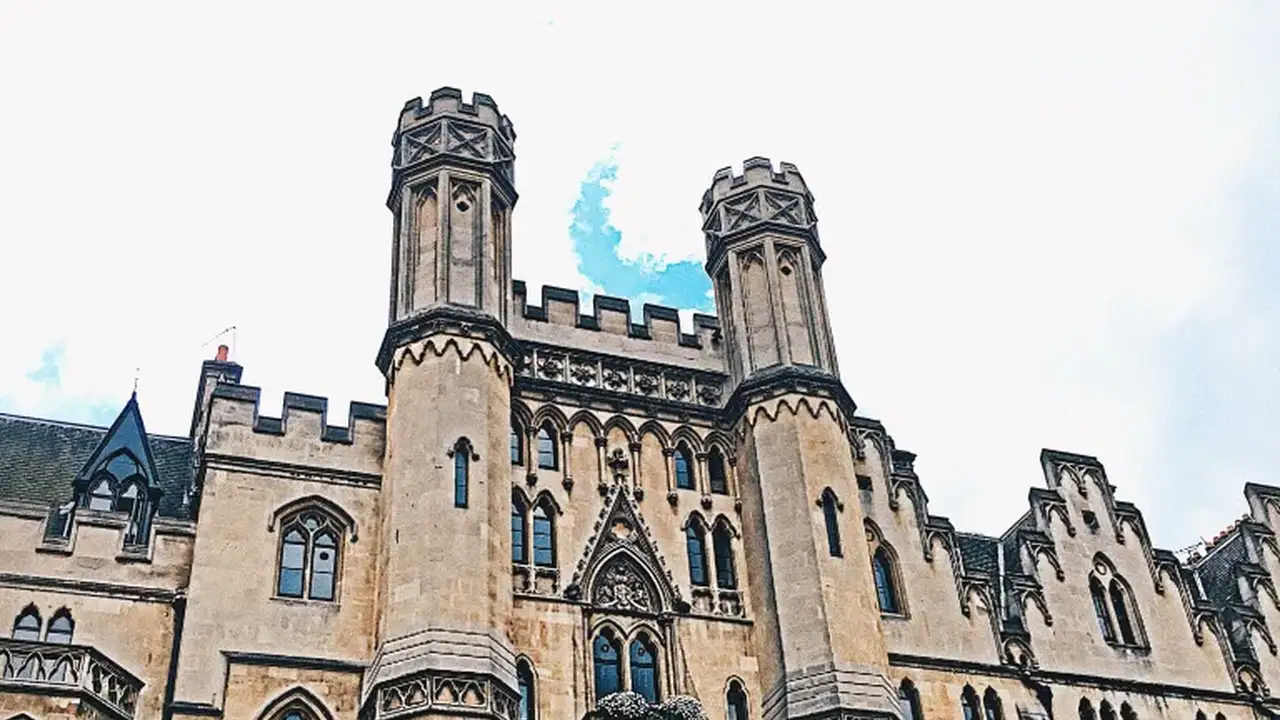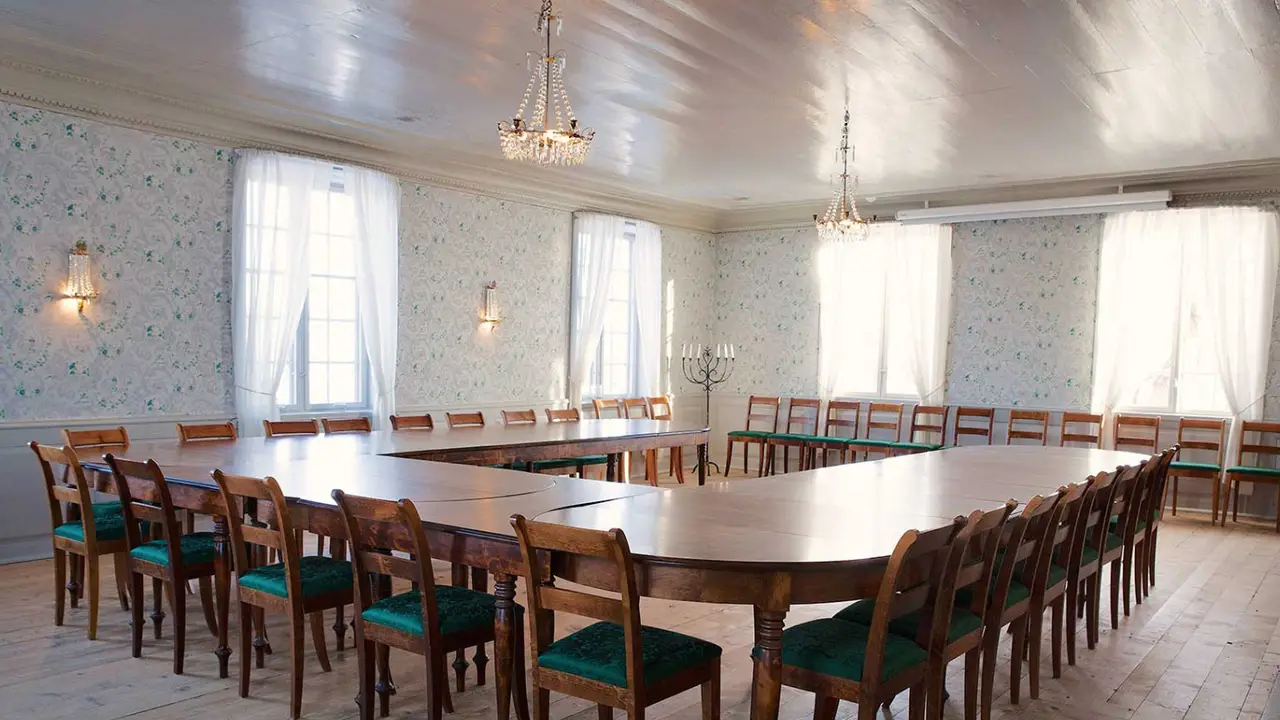Top 3 European Royal Residences Open to the Public
Discover the best European royal residences open to the public. Explore their history and architecture.

Exploring European Royal Residences: A Historical Journey
Europe is brimming with royal history, and what better way to immerse yourself in it than by visiting the residences where kings, queens, emperors, and empresses once lived? Many of these opulent palaces and castles are now open to the public, offering a glimpse into the lives of royalty and the grandeur of their surroundings. Let's explore three of the best!
Schönbrunn Palace: Vienna's Imperial Gem - History and Architecture
Our first stop is Vienna, Austria, home to the magnificent Schönbrunn Palace. This UNESCO World Heritage site was the summer residence of the Habsburg emperors and is a stunning example of Baroque architecture. With over 1,441 rooms, only a portion is open to the public, but what you *do* see is breathtaking.
History: Schönbrunn's history dates back to the Middle Ages, but it was Empress Maria Theresa who transformed it into the grand palace we see today. She used it as the center of Austrian imperial life, hosting lavish balls, state dinners, and even Mozart performances as a child prodigy! The palace remained the principal summer residence of the Habsburg rulers until the end of the monarchy in 1918.
Architecture: The palace's exterior is a vibrant yellow, a color chosen to reflect the imperial power. Inside, you'll find opulent state rooms, including the Hall of Mirrors, where a young Mozart played for the imperial family, and the Grand Gallery, used for grand balls and ceremonies. Don't miss the Chinese Cabinets, decorated with exquisite lacquerware.
Things to do:
- Take a guided tour of the state rooms.
- Wander through the beautiful palace gardens, including the Gloriette, a monumental arch offering panoramic views of Vienna.
- Visit the Tiergarten Schönbrunn, the oldest zoo in the world, located within the palace grounds.
- Explore the Wagenburg, the Imperial Carriage Museum, showcasing the Habsburgs' impressive collection of carriages.
Palace of Versailles: France's Symbol of Royal Opulence - History and Gardens
Next, we head to France and the Palace of Versailles, a symbol of French royal power and extravagance. Located just outside Paris, Versailles was the principal residence of the French kings from Louis XIV (the Sun King) to Louis XVI.
History: Originally a hunting lodge, Versailles was transformed into a magnificent palace by Louis XIV. He moved the French court here in 1682, making it the center of political and social life in France. The palace witnessed pivotal moments in history, including the signing of the Treaty of Versailles, which officially ended World War I.
Architecture: Versailles is a masterpiece of Baroque architecture, characterized by its grand scale, symmetrical design, and lavish decorations. The Hall of Mirrors is perhaps the most famous room, with its shimmering chandeliers and stunning views of the gardens. The Royal Opera House is another highlight, a masterpiece of acoustic design.
Things to do:
- Explore the state apartments, including the King's and Queen's apartments.
- Wander through the vast and meticulously manicured gardens, designed by André Le Nôtre.
- Visit the Grand Trianon and Petit Trianon, smaller palaces within the Versailles estate.
- Take a boat ride on the Grand Canal.
- See a performance at the Royal Opera House (check the schedule in advance).
Hampton Court Palace: A Tudor and Baroque Blend - History and the Maze
Our final stop is Hampton Court Palace, located just outside London, England. This palace offers a unique blend of Tudor and Baroque architecture, reflecting its long and fascinating history.
History: Hampton Court Palace was originally built by Cardinal Thomas Wolsey, a powerful advisor to King Henry VIII. However, Henry became envious of Wolsey's wealth and power and seized the palace for himself. He expanded it and made it one of his principal residences. Later, William III and Mary II commissioned Sir Christopher Wren to rebuild parts of the palace in the Baroque style.
Architecture: Hampton Court Palace showcases two distinct architectural styles. The Tudor parts of the palace, built by Henry VIII, feature distinctive red brick and chimneys. The Baroque parts, built by William III and Mary II, are more classical in style, with symmetrical facades and grand courtyards. Don't miss the Great Hall, a magnificent example of Tudor architecture, and the Chapel Royal, a stunning Baroque chapel.
Things to do:
- Explore the Tudor kitchens, where food was prepared for Henry VIII's vast household.
- Wander through the palace gardens, including the famous Hampton Court Maze.
- Visit the Chapel Royal and admire its stunning Baroque architecture.
- See the Royal Tennis Court, the oldest surviving real tennis court in the world.
- Take a guided tour of the palace and learn about its history.
Product Recommendations: Enhance Your Royal Residence Visit
To make your visits to these magnificent royal residences even more enriching, consider these products:
- Rick Steves Guidebooks: Rick Steves offers excellent guidebooks for Europe, including detailed information on Vienna, Paris, and London. They provide historical context, practical tips, and suggested itineraries. Price: $20-$25 each. Use Case: Planning your trip and navigating the sites. Comparison: More practical and budget-friendly than Lonely Planet, focusing on independent travel.
- Portable Audio Guides: Rent a portable audio guide at each palace. These provide in-depth information about the history and architecture of each room and garden. Price: Included with admission or a small rental fee. Use Case: Learning more during your visit. Comparison: More detailed than reading plaques, allowing you to explore at your own pace.
- Binoculars: Bring a pair of binoculars to get a closer look at the intricate details of the architecture and artwork. Nikon Prostaff 3S 8x42 Binoculars are a good option. Price: $130-$150. Use Case: Observing details from a distance. Comparison: Better image quality than cheaper binoculars, lightweight and easy to carry.
- Comfortable Walking Shoes: You'll be doing a lot of walking, so comfortable shoes are essential. Brands like Allbirds and Brooks offer comfortable and supportive options. Price: $100-$150. Use Case: Avoiding foot pain during long walks. Comparison: More stylish than traditional hiking shoes, suitable for city and garden environments.
- Travel Journal: Capture your memories and reflections in a travel journal. A Moleskine notebook is a classic choice. Price: $20-$30. Use Case: Recording your experiences and thoughts. Comparison: Durable and compact, easy to carry and write in.
:max_bytes(150000):strip_icc()/277019-baked-pork-chops-with-cream-of-mushroom-soup-DDMFS-beauty-4x3-BG-7505-5762b731cf30447d9cbbbbbf387beafa.jpg)






